From Lippo di Dalmasio to Carracci, Modena's BPER Gallery exhibits little-known works
Six years have passed since The BPER Banca Gallery, created during the celebrations of 150 years since the founding of the banking institution, opened to the public in Modena. To celebrate the anniversary, the Gallery is mounting a new exhibition, in ideal dialogue with the first one organized in 2017(A Casket for Art, the first exhibition-dossier on the collection), scheduled from March 17 to July 2, 2023 and entitled In the Rooms of Art. Unveiled Paintings by Old Masters. Curated by Lucia Peruzzi, the new exhibition showcases some 20 precious gems from the BPER Collection: these are works that have been little or never exhibited before, relevant paintings of Emilian painting (with the addition of two rare out-of-school paintings) along a time span from the 14th to the 18th century.
The works on display were once located in the various representative offices of the headquarters on Via San Carlo, thus not accessible to the general public. Now, instead, they are opened to the appreciation and knowledge of all: a project with which BPER Banca continues its activity of promoting its artistic heritage, which is increasingly usable and accessible thanks to an articulated and dynamic exhibition program.
The itinerary begins with a rare Madonna of Humility by the Bolognese painter Lippo di Dalmasio (Bologna, documented from 1377 to 1410), a witness to thatadherence to the late Gothic climate that, at the turn of the 14th and 15th centuries, had spread even in Bologna, runs through the Renaissance with works by Francesco Zaganelli, Innocenzo Francucci known as Innocenzo da Imola, Bartolomeo Ramenghi known as il Bagnacavallo, Orazio Samacchini, and Alessandro Mazzola, and then dwells on the 17th century of Annibale Carracci and Ludovico Carracci. By Annibale Carracci (Bologna, 1560 - Rome, 1609) there is a Saint Jerome on display in which the deeply sincere and intimate devotion of the penitent is reflected in a gentle autumn nature under the passing evening light. For the 17th century there are also works by Carlo Bononi, Giacomo Cavedoni, and Alessandro Tiarini.
We then come to the late 17th and 18th centuries: Alongside Giuseppe Marchesi known as Samson, Giacomo Zoboli and Marcantonio Franceschini are La continenza di Scipione by Francesco Vellani (Modena, 1688 - 1768), a painting certainly intended for an important aristocratic picture gallery, which is characterized by levity of pictorial touch, the exhausted and elegant narrative vein and the cold and at the same time dazzling colors of typical Baroque taste; the Holy Family in the Carpenter’s Shop by Giuseppe Maria Crespi (Bologna, 1665 - 1747), a masterpiece of the Bolognese master, capable of capturing reality in the most anecdotal and human cues and to measure himself against the local tradition, restoring it in a completely personal language, imbued with accents of truth sometimes so powerful as to prelude Goya; the Morte di Priamo by Giovan Gioseffo Dal Sole (Bologna, 1654 - 1719), which renders theVirgilian episode of the Death of Priam with dramatic excitement and with a skillful attention to emphasizing in melodramatic terms the pathetic climax constituted by the weeping face of the woman at the center of the composition.
Deserving a separate mention are two valuable canvases that, although outside the artistic context of Emilia, entered, along with other works, to enrich the collection in recent times following the dispersal of a large private collection in Emilia. These are a rare work with a religious subject, Christ and the Adulteress, by the Roman Ottavio Leoni (Rome, 1578 - 1630), a “portrait painter of Caravaggio’s Rome,” as Roberto Longhi defines him, and the canvas depicting The Continence of Scipio by the Neapolitan Francesco Solimena (Canale di Serino, 1657 - Barra di Napoli, 1747), who, venturing increasingly often on the great themes of history painting, was to become a major player in the panorama of the highest Italian late Baroque culture between the 17th and 18th centuries.
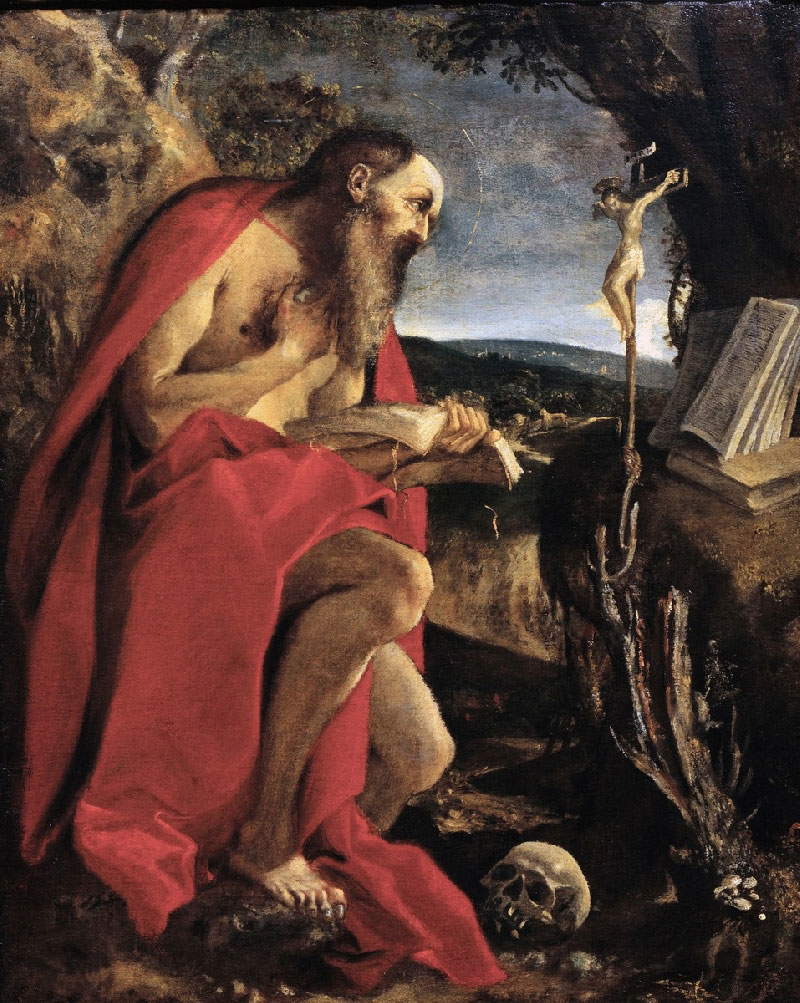
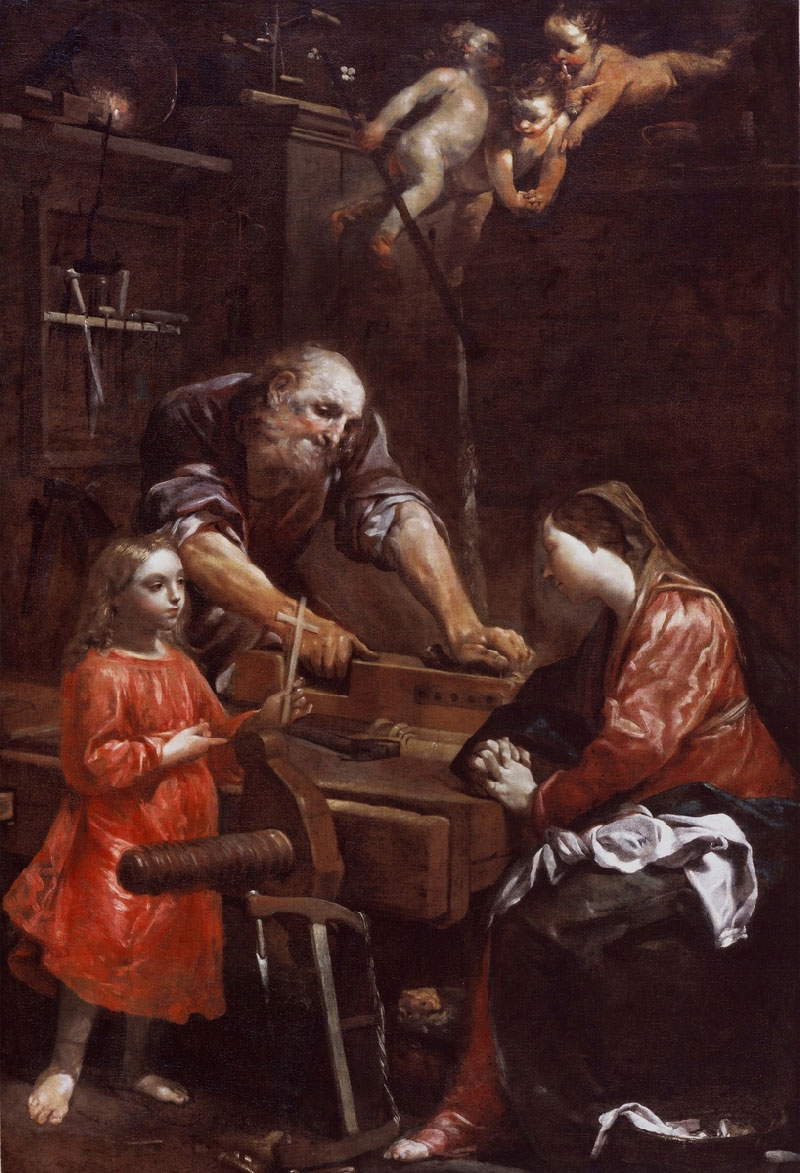
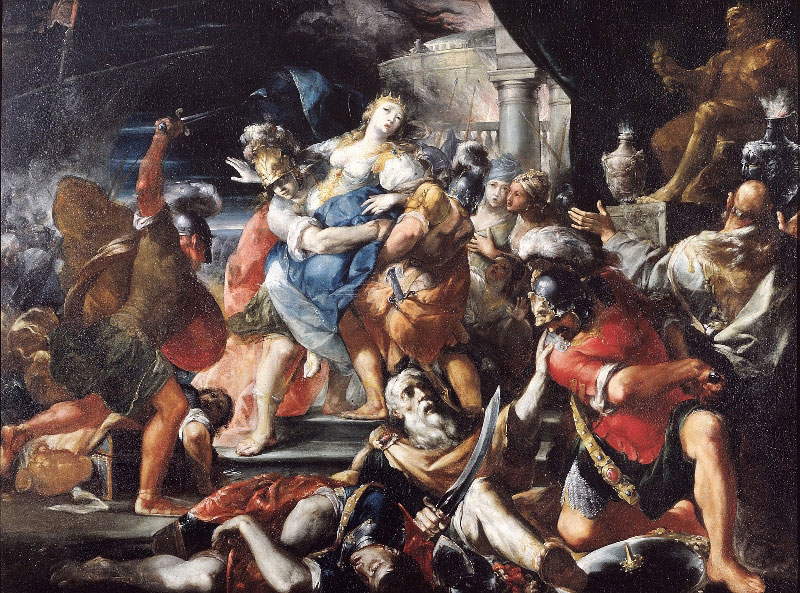
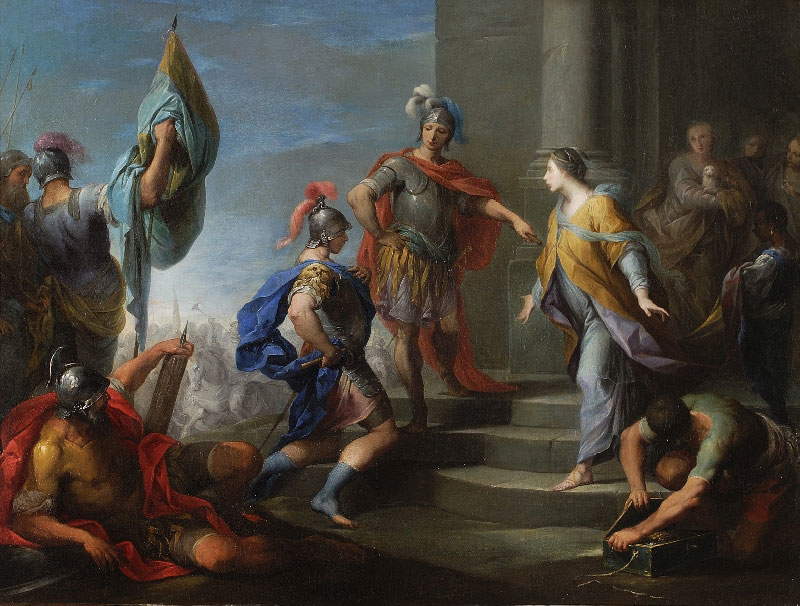
“Looking back at what we have accomplished in these six years,” says Sabrina Bianchi, Head of Brand and Marketing Communication and Cultural Heritage BPER Banca, “allows us to confirm that sharing the artistic and archival heritage of BPER Banca is what has made it possible for La Galleria to establish itself as a museum space known, recognized and appreciated by more than 30 thousand visitors. Evolution, development and transformation are the key words that characterize the history of La Galleria BPER Banca, whose direction is definitely set towards the future, a future that is fair, conscious and sustainable.”
"Following the evocative fil rouge of Emilian art," writes Lucia Peruzzi, “the itinerary opens with a small section devoted to works of a devotional nature. These images, almost all poetic variations on the theme of the figure of the Virgin, sometimes delicate and sweet, sometimes intense and protective, follow one another in the short space of the wall like prayers marking time in a Book of Hours.”
The exhibition can be visited from Friday to Sunday, 10 a.m.-6 p.m. Admission is free and free of charge. For guided tours for groups and school groups, it is necessary to make contact with The Gallery. Free catalog available at the exhibition venue. For information: T. +39 059 2021598, lagalleria@bper.it, www.lagalleriabper.it.
The Gallery is the corporate cultural reality that enhances, protects and makes usable the artistic and archival heritage of BPER Bank. BPER Bank believes in a widespread culture and is committed to ensuring that its corporate collection can always be accessible, close to the territories and constantly evolving. It promotes cultural heritage with objectives of social responsibility, stimulating reflections on current and relevant issues, with special attention to the new generations, for a fair, conscious and sustainable future. The Modena exhibition space hosts dynamic temporary exhibitions that present the masterpieces of BPER Banca’s corporate collection, thus becoming a place of exchange and encounter, where art and culture are the protagonists of continuous scientific research.
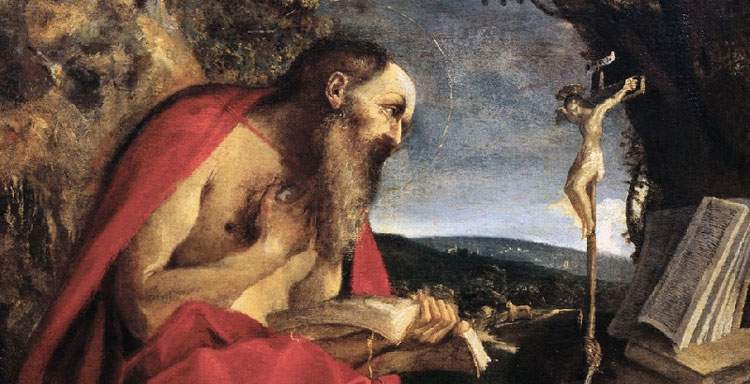 |
| From Lippo di Dalmasio to Carracci, Modena's BPER Gallery exhibits little-known works |
Warning: the translation into English of the original Italian article was created using automatic tools. We undertake to review all articles, but we do not guarantee the total absence of inaccuracies in the translation due to the program. You can find the original by clicking on the ITA button. If you find any mistake,please contact us.



























